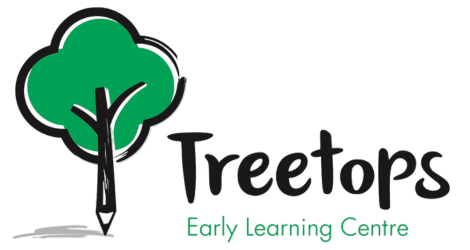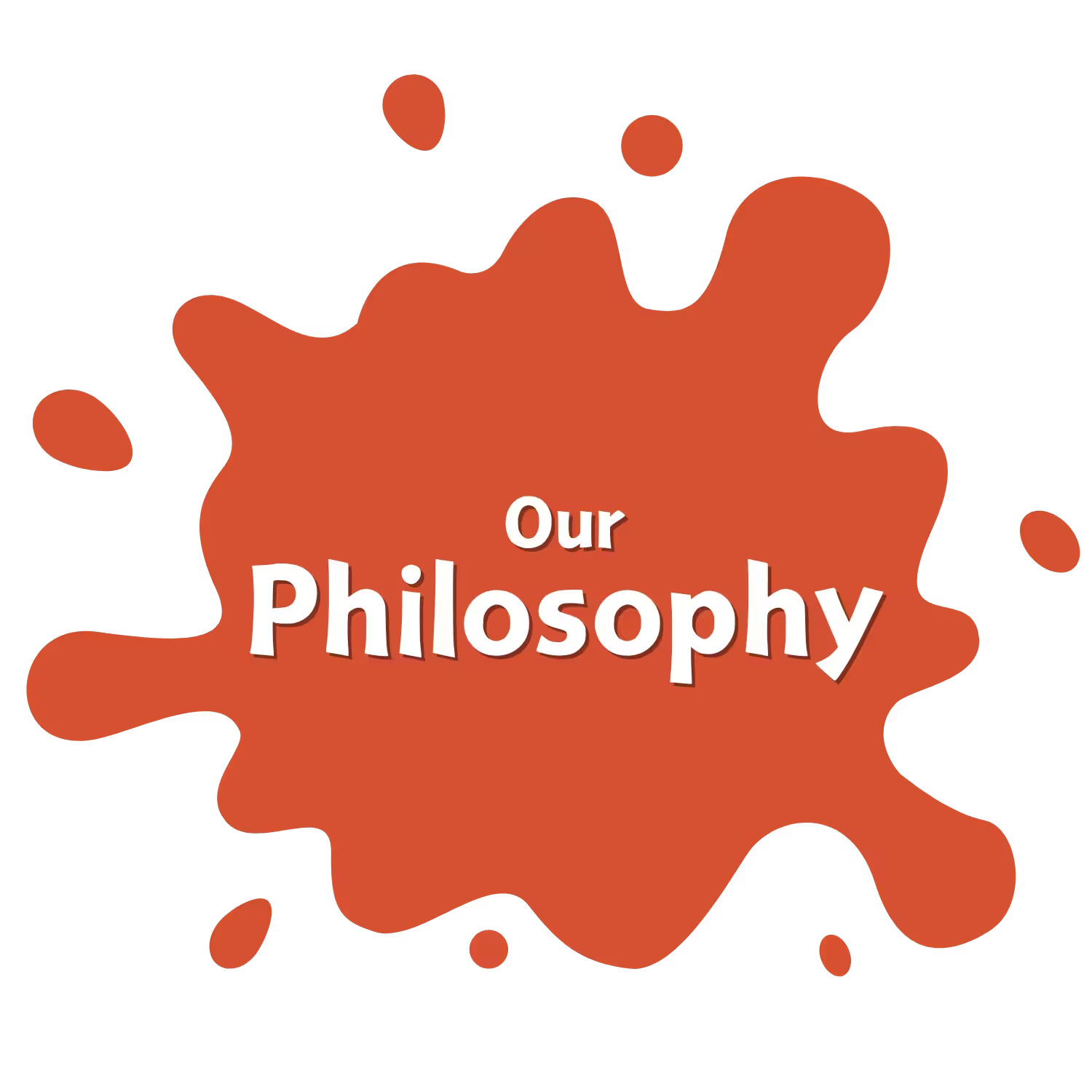Cooking Together At Home: Valuable Tips From Our Early Learning Centre (ELC) Kaiako
When you think of “cooking with children”, do you imagine flour everywhere, or perhaps dough being licked off the table? You might also feel that cooking with children is just too challenging or stressful. However, cooking can be an enjoyable and rewarding experience for everyone, including adults. It offers valuable opportunities for children to develop essential skills while engaging their senses and creativity. Cooking can also introduce concepts in maths, science, literacy, and more. Here’s some valuable tips from our Treetops Early Learning Centre kaiako:
Here are some simple tips to make cooking with young children easier and more enjoyable, helping you see the benefits of these fun and educational experiences:
1. Start Simple
Choose easy recipes with only a few ingredients, such as smoothies, dips, scones or cookies. These are manageable and enjoyable for young children to help with.
2. Make Nutritious Choices
While treats are fun, also consider cooking nutritious meals to benefit children’s health and wellbeing.
3. Prepare Ahead of Time
Read through the recipe in advance so you understand the steps and ingredients required. Ensure you have everything ready for quick access during the activity. You may want to place ingredients and utensils on a nearby bench, out of the children’s reach, bringing them down when needed.
4. Choose the Right Space
Pick an area that’s suitable for the children to cook in:
- A small table in the kitchen, at the child’s height, works well and is easy to clean.
- A stool at the kitchen bench allows one or two children to reach the counter.
- A dining table is great for larger groups, with surfaces like lino or waterproof mats making clean-up easier.
5. Seek Help if Needed
If you’re cooking with a large group, consider having an extra adult or older child assist. This can make the experience more manageable and enjoyable for everyone.
6. Personalise the Experience
When cooking in a group, have multiple bowls so each child can have their own. For instance, making scones with individual bowls lets each child make their own creation, adding their preferred ingredients and shaping it as they wish. This encourages decision-making and ownership.
7. Assign Specific Jobs
Cooking together works best when each child has a specific task. For example, they can pull herbs off stalks or mix ingredients. This gives them a sense of responsibility and helps develop fine motor skills.
8. Let Children Explore
Encourage curiosity by allowing children to taste ingredients, provided it’s safe to do so. If they wish to try dough, let them have a taste before reminding them they can try the finished product at the end. As they grow, they will learn patience and the importance of waiting.
9. Include Cleanup as Part of the Process
Cleaning up is a vital part of cooking and teaches responsibility. Involve the children in this step, as it reinforces the idea that the cooking process is complete only once everything is tidied away.
Learning Through Cooking
Cooking provides numerous learning opportunities across various developmental areas:
- Literacy: Reading recipes together and learning cooking vocabulary. Recipes with pictures can help young children follow along.
- Maths: Measuring, counting, recognising numbers, comparing quantities (more or less), and understanding shapes and colours.
- Science: Observing how different ingredients combine and react when cooked or mixed.
- Sensory: Touching, kneading, mixing, and rubbing ingredients, which develops fine motor skills.
- Creativity: Making shapes, experimenting with new ingredients, and adding personal touches to recipes.
- Curiosity: Asking questions about food and experiencing how ingredients change during the cooking process.
- Teamwork: Working together to prepare a meal fosters collaboration and social skills.
- Patience: Following a recipe step-by-step encourages patience and turn-taking.
- Life Skills: Understanding food safety, nutrition, and how to create a meal from scratch.
- Self-help: Learning food preparation skills helps children gain independence in the kitchen.
- Relationships: Cooking together is a great bonding activity that strengthens relationships.
Practical Learning Through Cooking
Cooking helps children learn about transformations, such as:
- Transformation: Observing how ingredients change when mixed, rubbed, or cooked.
- Trajectory: Pouring ingredients into measuring cups and bowls helps develop spatial awareness.
- Rotation: Using mixers, blenders, and stirring teaches children about different movements and actions.
Cooking is not only a fun experience but also an educational one. The process allows children to engage in practical learning, from understanding measurements to exploring cause and effect. Plus, the added bonus of enjoying the finished meal is always a highlight! As children grow, they can take on more responsibility in the kitchen, eventually cooking an entire meal for the family.
At our Early Learning Centre (ELC), we encourage children to explore cooking as a way to learn valuable skills while having fun and building meaningful connections with others.
Download These Easy To Follow Recipes
Try these three simple and fun recipes to enjoy quality time in the kitchen with your little one today:














